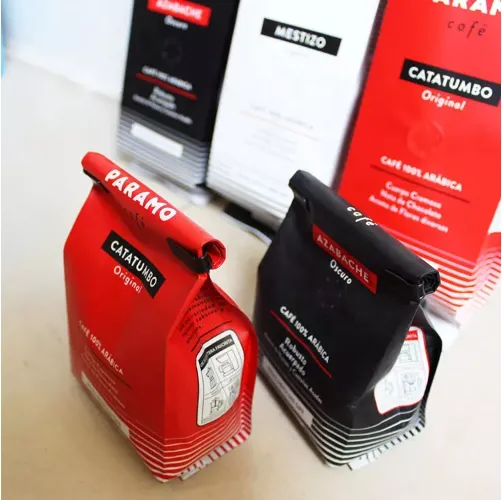- Afrikaans
- Albanian
- Amharic
- Arabic
- Armenian
- Azerbaijani
- Basque
- Belarusian
- Bengali
- Bosnian
- Bulgarian
- Catalan
- Cebuano
- chinese_simplified
- chinese_traditional
- Corsican
- Croatian
- Czech
- Danish
- Dutch
- English
- Esperanto
- Estonian
- Finnish
- French
- Frisian
- Galician
- Georgian
- German
- Greek
- Gujarati
- haitian_creole
- hausa
- hawaiian
- Hebrew
- Hindi
- Miao
- Hungarian
- Icelandic
- igbo
- Indonesian
- irish
- Italian
- Japanese
- Javanese
- Kannada
- kazakh
- Khmer
- Rwandese
- Korean
- Kurdish
- Kyrgyz
- Lao
- Latin
- Latvian
- Lithuanian
- Luxembourgish
- Macedonian
- Malgashi
- Malay
- Malayalam
- Maltese
- Maori
- Marathi
- Mongolian
- Myanmar
- Nepali
- Norwegian
- Norwegian
- Occitan
- Pashto
- Persian
- Polish
- Portuguese
- Punjabi
- Romanian
- Russian
- Samoan
- scottish-gaelic
- Serbian
- Sesotho
- Shona
- Sindhi
- Sinhala
- Slovak
- Slovenian
- Somali
- Spanish
- Sundanese
- Swahili
- Swedish
- Tagalog
- Tajik
- Tamil
- Tatar
- Telugu
- Thai
- Turkish
- Turkmen
- Ukrainian
- Urdu
- Uighur
- Uzbek
- Vietnamese
- Welsh
- Bantu
- Yiddish
- Yoruba
- Zulu
is cardboard good insulation
Is Cardboard Good Insulation?
When discussing insulation materials, most people think of products like fiberglass, foam, or cellulose, but one unconventional contender deserves attention cardboard. As an organic and biodegradable material, cardboard is used in various applications, from packing boxes to crafting. While it may not be the first choice for home insulation, cardboard possesses unique properties that make it a worthy subject of exploration.
Understanding Insulation
Before diving into the specifics of cardboard insulation, it’s essential to understand what insulation is and why it’s crucial. Insulation is a material that slows down the transfer of heat, thereby maintaining a consistent temperature within a given space. Effective insulation can help keep homes warm in winter and cool in summer, significantly reducing energy costs and enhancing comfort.
Cardboard and Its Properties
Cardboard is primarily made from cellulose fibers derived from wood pulp. Its structure typically includes a fluted inner layer sandwiched between two flat layers. This composition creates air pockets that contribute to its lightweight nature and potential thermal resistance. The effectiveness of insulation materials is usually determined by their R-value, which measures thermal resistance; the higher the R-value, the better the insulation performance.
R-Value of Cardboard
The R-value of cardboard varies depending on its thickness and construction. Typically, the R-value for cardboard ranges from 1.5 to 3.0 per inch of thickness. While this value does not compete with specialized insulating materials (such as spray foam with an R-value as high as 7 per inch), it can still provide a reasonable level of insulation, especially when layered or combined with other materials.
Advantages of Cardboard Insulation
1. Eco-Friendliness One of the most significant advantages of cardboard is its environmental impact. Being made from renewable resources, cardboard is biodegradable and recyclable. Using cardboard as insulation aligns with sustainable building practices and can help reduce waste.
2. Cost-Effectiveness Cardboard is often readily available and inexpensive or even free when sourced from businesses that discard used boxes. This affordability makes it an attractive option for those looking to cut costs on insulation materials.
is cardboard good insulation

3. Ease of Use Cardboard is lightweight and easy to handle, making it accessible for DIY projects. It can be cut, molded, and layered to fit various spaces and shapes, which can be advantageous for non-traditional applications.
4. Sound Absorption In addition to thermal insulation, cardboard can help dampen sound. Its porous structure allows it to absorb sound waves, contributing to a quieter living environment.
Disadvantages of Cardboard Insulation
While there are notable benefits, using cardboard as insulation also has drawbacks
1. Moisture Sensitivity Cardboard is susceptible to moisture, which can lead to mold growth and deterioration. It is essential to ensure that cardboard insulation is installed in dry environments, or additional moisture barriers may be necessary.
2. Pest Attraction The organic nature of cardboard may attract pests, such as rodents or insects, which can compromise the integrity of the insulation and create other issues.
3. Fire Hazard Cardboard is flammable, and using it as insulation in areas prone to high temperatures or near open flames poses a significant fire risk.
Practical Applications
Considering its pros and cons, cardboard can be utilized effectively in certain situations. It can serve as temporary insulation in less critical areas, such as unheated workshops or storage spaces. In addition, artists, educators, and DIY enthusiasts often use cardboard for creative projects, demonstrating that insulation doesn’t have to be boring or conventional.
Conclusion
In summary, cardboard can be an intriguing option for insulation under specific circumstances. While it may not replace traditional insulation materials in most residential applications, its eco-friendliness, affordability, and ease of use make it a viable alternative for niche projects. As with any insulation solution, it is crucial to evaluate the specific needs of the space, considering both the advantages and limitations of cardboard insulation to make an informed decision.













